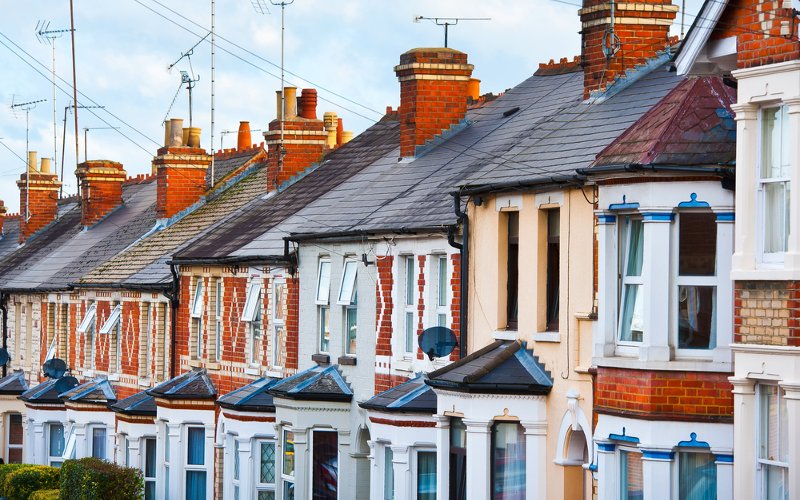According to ONS' House Price Index, England saw the greatest rise in property prices in the UK year-on-year with a rise of 4.9%.

Property prices have risen by 4.7% in the year to September 2020, according to the ONS House Price Index.
The index, which uses data from HM Land Registry, Registers of Scotland, and Land and Property Services Northern Ireland, showed that the average house price in the UK is now £244,513, and the index stands at 128.24.
On a monthly basis, the average price of a property in the UK has risen by 1.7%.
Jeremy Leaf, former RICS residential chairman, said: “This most comprehensive of all the housing market surveys, though a little dated, underlines what we were seeing at the tail end of the aftermath of the first lockdown mini-boom.
“Since then, activity cooled and was replaced by a more cautious approach before the prospect of a COVID-19 vaccine reinvigorated the market.
"The stamp duty concession has proved to be a particularly important contributory factor and will continue to be so until prospects of meeting the spring deadline recede, unless of course the chancellor is minded to reconsider.
"Even the prospect of further lockdowns and Christmas distractions are not deterring many from trying to take maximum advantage.”
England saw the greatest rise in property prices in the UK year-on-year, with a 4.9% uplift.
The South West increased by the greatest amount, up 6.4%.
Meanwhile, the North East noted the lowest rise, at 3.3%.
Paul Stockwell, chief commercial officer at Gatehouse Bank, added: “As predicted, house price growth has intensified in September fuelled by pent-up demand coupled with significant cost-savings to buyers presented by the stamp duty holiday.
“I expect this trend will continue in the short term as buyers feel the urgency to secure property deals and allow time for completion before the tax break ends.
“What began as a disastrous year for the property industry has been turned on its head by government interventions, creating a surge of demand predominantly in England and Northern Ireland where the stamp duty reduction is greatest.”
Anna Clare Harper, chief executive of asset manager SPI Capital, also reacted to the index: 'For many, September feels like the distant past, but this index remains interesting and useful, since it represents a more complete picture than comparable releases.
"A 4.7% increase in house prices, with mortgage approvals at their highest level since 2007, suggests a ‘mini boom’.
"Many feel this will be short lived, given economic circumstances and forecasts.
'However, the ‘fundamental’ drivers of housing demand are strong, and we are in an environment of low interest rates, with reduced rates of new buildings coming onto the market and limited existing stock.
"Ultimately, increasing house prices are being driven by a combination of new priorities and new policy.
"Notably, many existing homeowners were spurred on to move by the combination of needing more space and the temporary Stamp Duty changes.
"As a result, and perhaps unsurprisingly, the increase in house prices was led by detached and semi-detached properties.
"It is interesting to note that new-build properties lagged behind existing properties, falling by 1.9%, despite the influence of the Help to Buy scheme.
"Returning to fundamentals - for investors and homebuyers alike, the important thing to remember is that capital growth is a great bonus, but shouldn’t be relied on just because lending is cheap."


